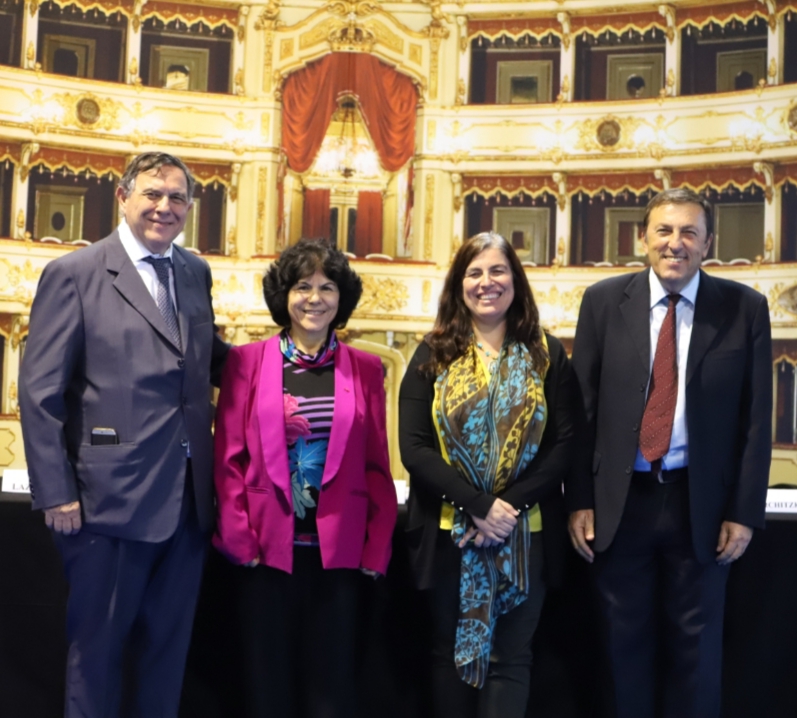The debates that animated Watec Italy 2019 have given ample space to a hot topic such as the reuse of water and materials coming out of the purification plants. A delicate issue not only from an environmental point of view, but above all from a legal point of view, because the regulatory framework “is decidedly complex – recalls Anabela Rebelo, senior officer of the Departimento de Recursos Hidricos of the Portuguese Environment Agency – and diversified in each country, making it extremely complex the development of the European regulation that will have to standardize the sector “. Times? Anabela Rebelo is optimistic and thinks that in 2020 the text will be published, giving however to member countries variable application times that could fluctuate from 2 to 5 years.
“Apart from legal issues – explains Jorge Tarchitzky, of the Hebrew University of Jerusalem and Chairman of ISO / TC282 / SC1, one of the world’s leading experts in the sector in Cremona – we need a concrete approach to the issue of re-use of wastewater from an agricultural point of view as the primary sector absorbs the main share of available water resources all over the world and that, in order to guarantee the necessary food to a world population in strong growth, it is essential to face concretely the classification of purified wastewater, without delaying further ”.
Positive experiences are not lacking and the case of the Milan Nosedo plant is an example, as recalled by Francesca Pizza and as evidenced by the 5 m3 / water / second that come out of the purifier and are made available to Lombard agriculture.A race towards excellence that sees important entities like Aliaxis personally involved in contributing to the creation of plants that are efficient from an operational point of view and in line with the environmental needs of the areas in which they operate. Stefano Carrea, Aliaxis Segment manager infrastructure demonstrates this by talking about the experience gained in the Servola (Ts) plant where, thanks to the technology available today, the purifier “talks to the sea” and guarantees an hourly flow of 100 thousand m3 / hour.If the technology is ready for new challenges, the legislation sometimes complicates the life of those who must deal with the matter, as recalled by Luca Zucchelli of the Lombardy Region, who at Watec Italy highlights the importance of also considering organic fertilizers in the context of circular economy, promoting a greater use of recycled or organic nutrients. A clear concept, however, that the current legal framework, between European regulations, Italian laws and regional provisions is not always feasible, making it difficult to juggle products that are sometimes waste, but sometimes become fertilizers, compost or digestate for the legislator.Legal issues aside, however, a global aspect emerged from the debate that arose during Watec Italy, given that the issue of availability of water is at the center of the discussion all over the world, with an important focus on barriers to making water use purified waste an economically sustainable reality. Valentina Lazarova, head of the Iwa Specialist Group Water Reuse, is not concerned about the technical aspects, but about the economic sustainability of the system. “Technology exists and today we can treat any type of wastewater successfully between membranes, UV rays, ozone and other processes. The knot is that of costs, because while a plant that serves a large city manages to spread the costs on a very wide basis, small urban centers have difficulties from an economic point of view, opening up another front, perhaps even more limiting than others ” .But we cannot stop because the future of the planet will inevitably pass from an efficient and rational use of waste water. And the experience of Yaron Ben Ari, chairman of Watec since 2006 and moderator of the debate in Cremona, clearly proves this, given the level of efficiency achieved by Israeli agriculture in the management of a precious resource, as limited as water .
A warning to continue in this direction, always open to new challenges.



